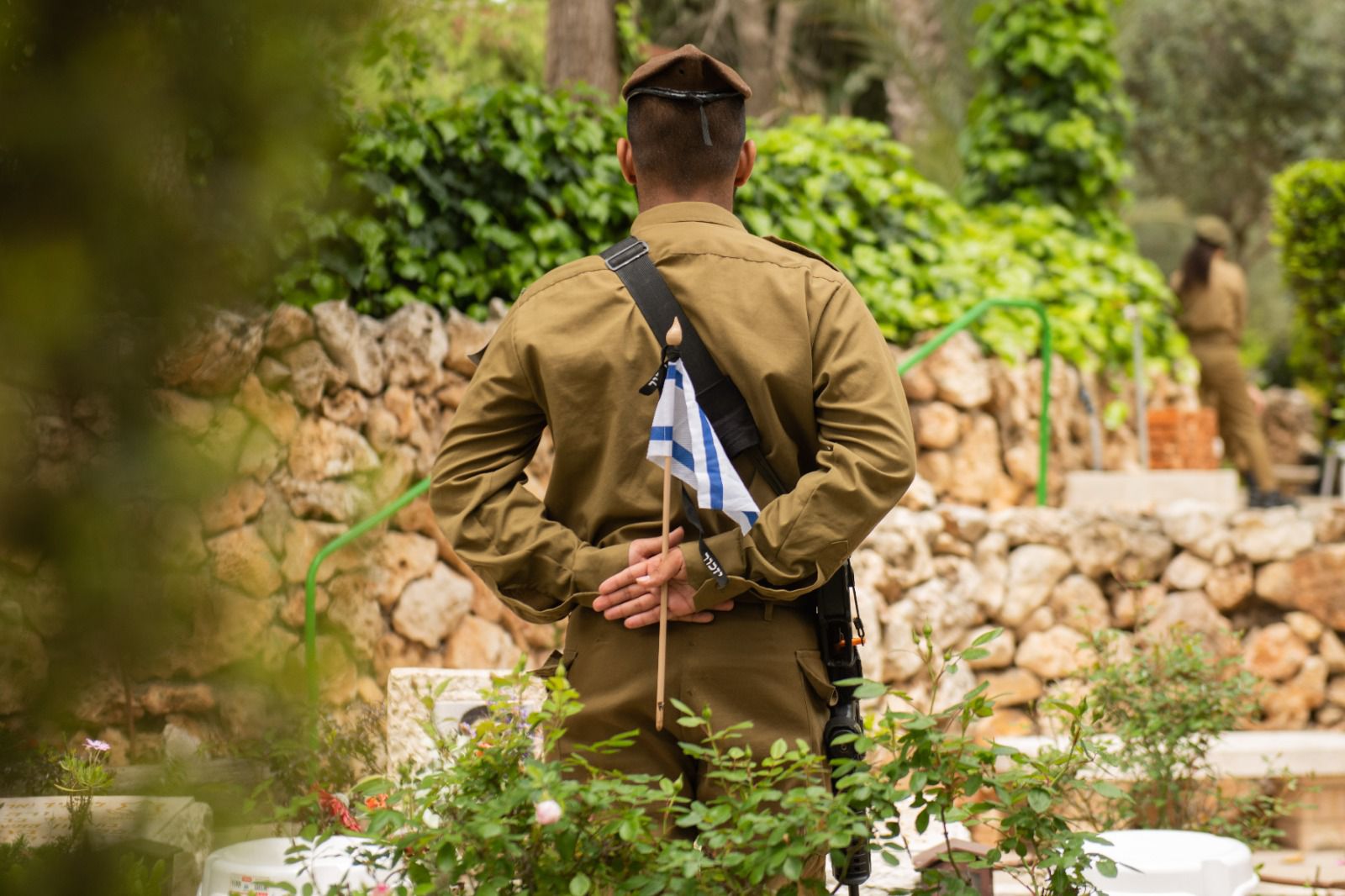Some communities and families have an intriguing custom for the Pesach seder leader or all married men to wear a white kittel around the table. We are familiar with the kittel from the Yamim Noraim, when we stand before God with an appearance of angelic purity. We request atonement for our sins and don the attire that reflects our repentant state (Yerushalmi Rosh Hashanah 1:3). This theme is also relevant under the wedding canopy, when the bride and groom wear white to reflect the clean state and new beginning of their life. The white also represents the happiness of the occasion. Indeed, the mishna connects these two themes. “Rabban Shimon ben Gamliel said: ‘There were no days as joyous for the Jewish people as the 15th of Av and as Yom Kippur, as on them the daughters of Jerusalem would go out in white clothes,’” (Taanit 4:8). What does any of this have to do with Pesach?
Some commentators believe that the Pesach seder also shares this theme of happiness, as we celebrate our freedom. Thus, in the 16th century work, “Seder Hayom,” the author suggests that the white kittel represents our renewed political freedom. The Netziv—in the introduction to his Haggadah—alternatively suggests that the kittel was appropriate attire to wear when eating a Korban Pesach. While we no longer have the korban, we still treat our Pesach table as if we are eating sacrificial food. A more pragmatic explanation offered is that the kittel worn on the Yom Kippur fast is the only clothing we can be sure doesn’t have chametz in it!
Yet, the first mention of this custom indicates an entirely different theme. In the 13th century, Rabbi Shimon ben Tzadok wrote down the minhagim of his famed teacher—the Maharam of Rottenburg—who at the time was being held in captivity. In his “Tashbetz HaKatan” (no. 160), he records the following explanation for wearing a white garment on festivals: “(On Yom Tov), there is a greater amount of simcha, and therefore, we wear clothing that we should not lose attention on the chag, and we wear this on our clothing to recall our day of death.” White clothing invokes the tachrichin—the plain garments with which we dress a corpse. The kittel reminds us not of joy or liberty, but our mortality! In the midst of this celebration, we should remember our deaths.
Why is this important? Some assert that this is a general reminder to temper our joyful meals, so they don’t descend into frivolity. In chasidic writings, many went further, urging us to imagine that we are returning from the world-to-come with an opportunity to fix our deeds. But these rationales could apply to any holiday. They don’t explain why the Pesach seder in particular became the festival on which people don a kittel.
Most compelling is the explanation offered in the Haggadah of Rabbi Shmuel Ehrenfeld (died 1883), known by his work, “Chatan Sofer” (a play-off the title of his famed grandfather, the Chatam Sofer). Commenting on the passage regarding the “son who doesn’t know how to ask” (sheeino yodea lishol), Rabbi Ehrenfeld emphasized how parents have an obligation to teach all of their children—including those who don’t display curiosity about our religion. This is especially true regarding the essentials of the religion, which emerge from the Passover story. In his mind, the kittel reminds us about our mortality and that our time to fulfill this task is limited. Tonight is the time to reach this goal. For there’s no religious experience like the Passover seder to inculcate religious beliefs in our children.
This explanation deeply resonates because it highlights how contemplating mortality can lead to inspired actions. The Talmud already teaches us how the thinking about one’s own death can cause someone to repent (Shabbat 153a). With this minhag, thinking about mortality pushes us to be better parents and educators. Our opportunities to influence our families might feel countless, but they are, in fact, limited. The kittel reminds us that on the day when we will don our death shrouds, we want to leave behind a legacy of having taught our loved ones the beauty of our religion. As Kohelet (7:2) teaches, “It is better to go to a house of mourning than to a house of feasting; for that is the end of every man, and a living one should take it to heart.”
Many Ashkenazic families (including my own) don’t have the minhag of wearing a kittel at the seder and Sephardim never adopted it. But either way, we can internalize this message of the kittel and utilize it to bring a sense of urgency and meaning to the Seder. If not now, when?
Rabbi Dr. Shlomo Brody is the executive director of Ematai (www.ematai.org), an organization that helps Jewish navigate choices regarding aging and end-of-life care.












